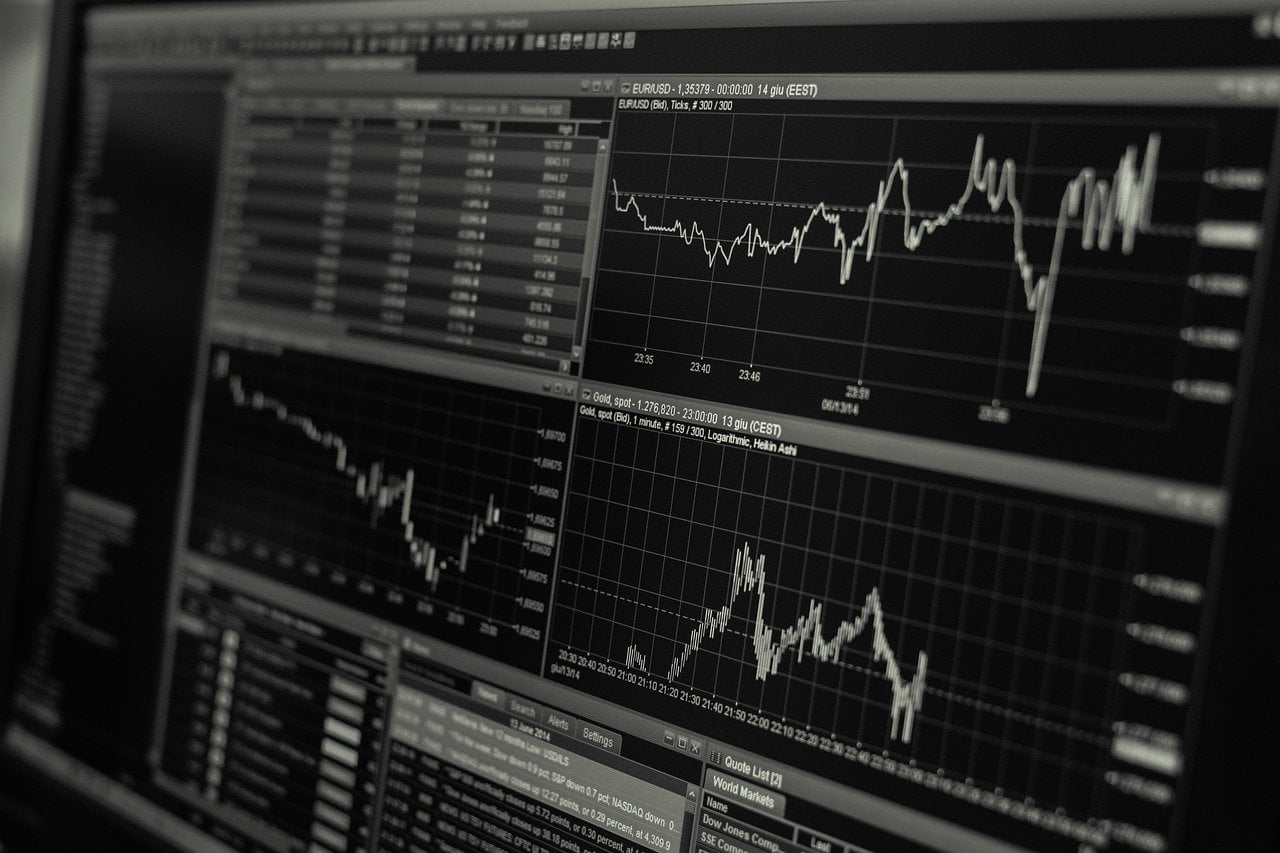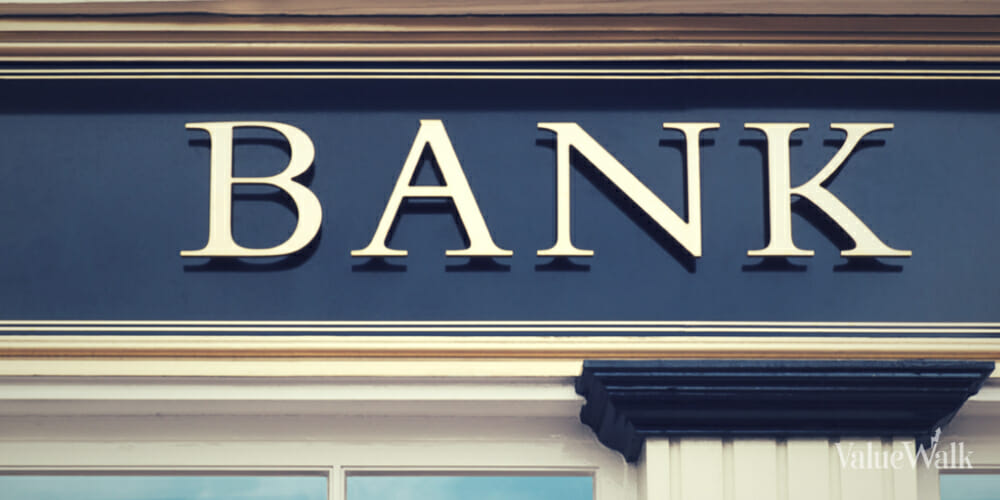Despite the Sino-American standoff shutting down the pipeline of Chinese firms listing in the United States, the initial public offering (IPO) continues to gush with promise. Management, if it is to be true to its fiduciary responsibilities to its existing shareholders, seeks to go public at the most opportune moment, in other words, when it believes it can get the best possible price for its shares. Secondly, IPOs are proxies for the enthusiasm that entrepreneurs have for the opportunities in the economy. These two things are contradictory: after all, the best price to list is when the market is at its top. These “contradictory signals”are flashing across the IPO market, according to Milton Ezrati.
Q3 2021 hedge fund letters, conferences and more
The Robust IPO Market
It should not be surprising that the market for IPOs has been so robust. The most obvious reason why there would be an uptick in the number of IPOs is that many businesses that were planning on listing in 2020, would have kicked their IPOs down the road because of the effects of the Covid-19 lockdowns on their business models and the economy as a whole. For instance, Toast was forced to lay off half its staff early last year in response to the global health crisis, but having adjusted to the pandemic, it was able to list at the end of September this year, having posted record revenue growth. Many businesses will have had their revenues and profitability hit by the pandemic and will, like Toast, have needed time to retool their businesses before they could list. Not only that, but the uncertainty brought on by the market will have made managers weary about listing before they had a handle on whether economic recovery had been established.
In the first eight months of the year, there were 280 IPOs, and at that rate, there will have been 420 by year end, nearly twice the figure for 2020. That is an extraordinary turnaround in the IPO market. Currently, there are at least 100 companies that have announced their intention to IPO or have shown an interest in doing so. These figures do not include SPAC IPOs, of which there have been 473 to-date, 70% more than the whole of 2020.
The increase in supply of IPOs shows that managers are optimistic that the funds they will raise can be deployed profitably at a period of economic expansion. Nobody raises money in an IPO just to put it in the bank, especially when the value of money declines due to deflationary pressures. Investors certainly do not invest in IPOs because they are looking for firms who will build up their cash reserves for some future event. Investors invest with the understanding that IPOs are operating in fast growing markets filled with opportunity. They do not want management to sit on their cash. They want managers to deploy the capital they raise, and they reward managers according to how well they deploy that capital. Do not forget that being a public company does have drawbacks in terms of the heightened scrutiny and the regulatory restrictions. The reason that we have had a record number of companies staying private for longer is because of the drawbacks of the public markets. If a company can raise all the capital it needs privately, a real possibility with so much easy money floating around, then going public is a real demonstration that the company is chasing sums that private markets cannot provide, and it wants those funds because the market opportunities it sees are so attractive.
However, this confidence has to be weighed against the fact that managers have to extract the best possible price from the market. The growth in alternative ways of listing, such as direct listing or SPACS, is a result of the widely held belief, backed up by evidence, that IPOs have not been priced accurately, leaving too much money on the table. Managers are naturally eager to ensure that they are not accused of leaving money on the table. And they are particularly keen on ensuring that they IPO when they feel that the market is most likely to pay a premium for their prices. Listing is not a charitable activity.
Getting The Best Price
The question of getting the best price suggests that valuations may be off and managers sense that markets will be overly optimistic when assessing their competitive appreciation period and market opportunities. Many of us have marvelled at how a firm can be worth $10 billion in one year, then $15 billion the quarter following that year, and then $20 billion the next quarter when it lists. This pattern is so widespread it begs the question how much fundamental change could have occured in a business’ market that its valuation should jump so dramatically. In most instances, those valuation jumps do not reflect reality. Managers are alive to the eagerness of investors to own IPOs, and they understand that regardless of whether they are profitable or not, or whether they are a market leader or not, they are likely to debut on public markets at valuations in excess of their private market valuations, earning existing shareholders a massive return.
This does not suggest that a market correction is round the corner. The market can, as Lord Keynes once remarked, remain dislocated from reality far longer than you can remain solvent. Betting against a continuation of this trend is foolhardy. Indeed, managers may find that this trend continues to a point where their opportunistic entry into the public markets seems overly hasty. The Federal Reserve may continue to pump the markets with easy money and supply chain disruptions may hamper growth, increasing the attractiveness of IPOs for investors. A host of reasons may make present valuations seem low with respect to future ones.
As investors assess the market, they need to be aware of the contradictory signals that the market is sending. A thriving IPO market is not a simple case of businesses seeking to take advantage of market opportunities by raising capital. It is also a signal that managers feel that markets are sufficiently irrational for them to take advantage and issue shares at a premium.
Get helpful hints as you build your company and plan for a time when you too will enter the public markets.






